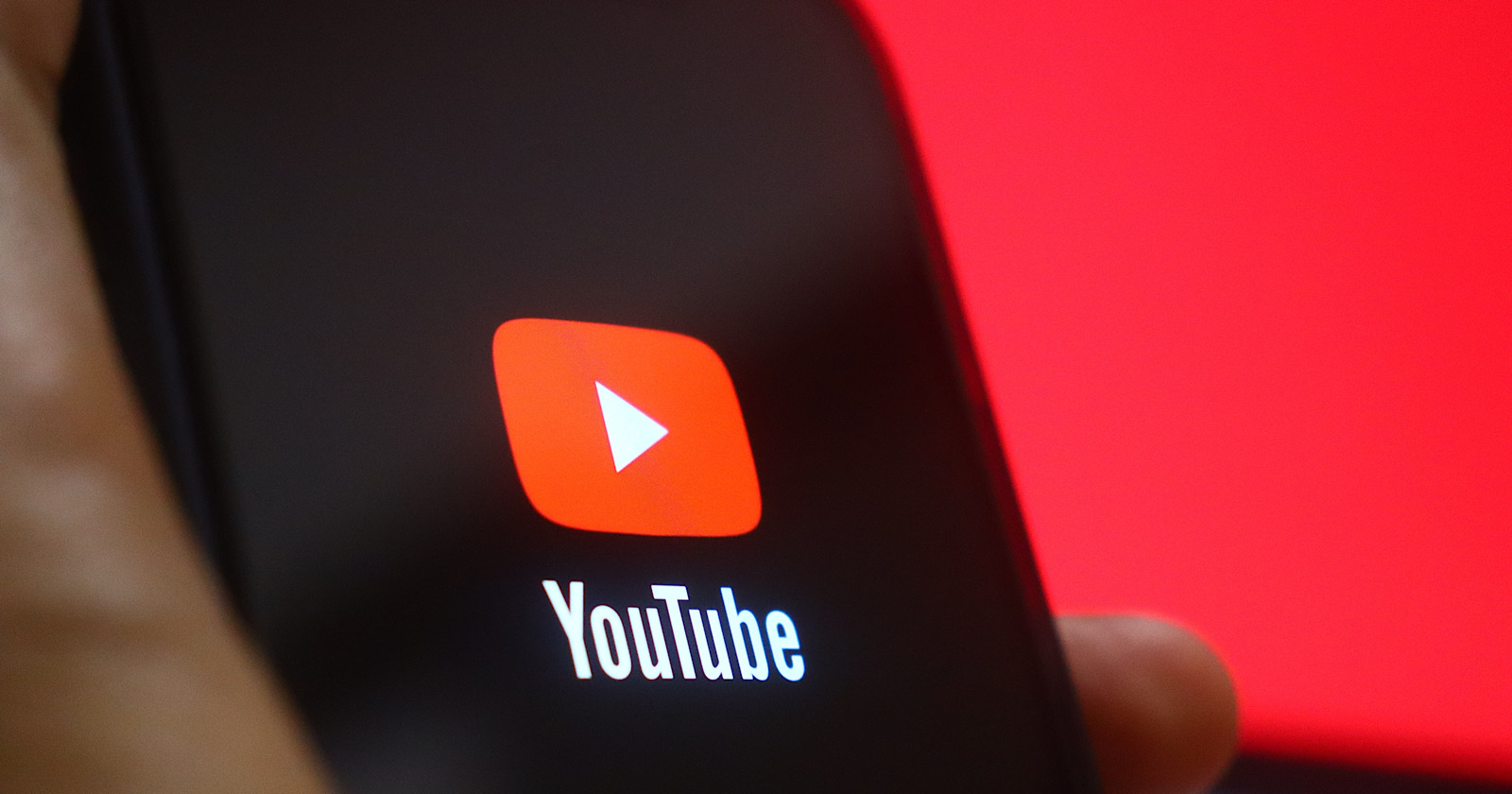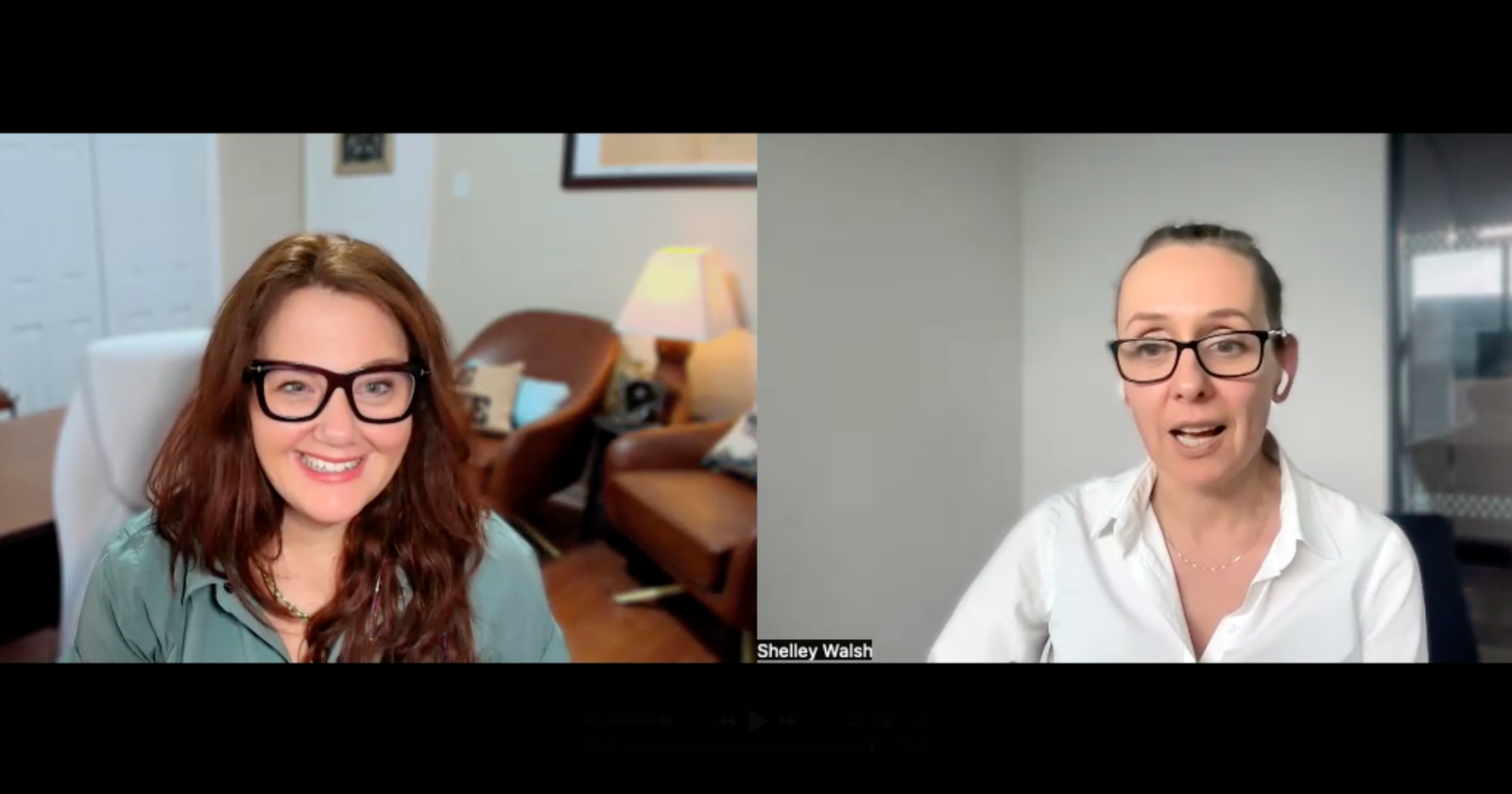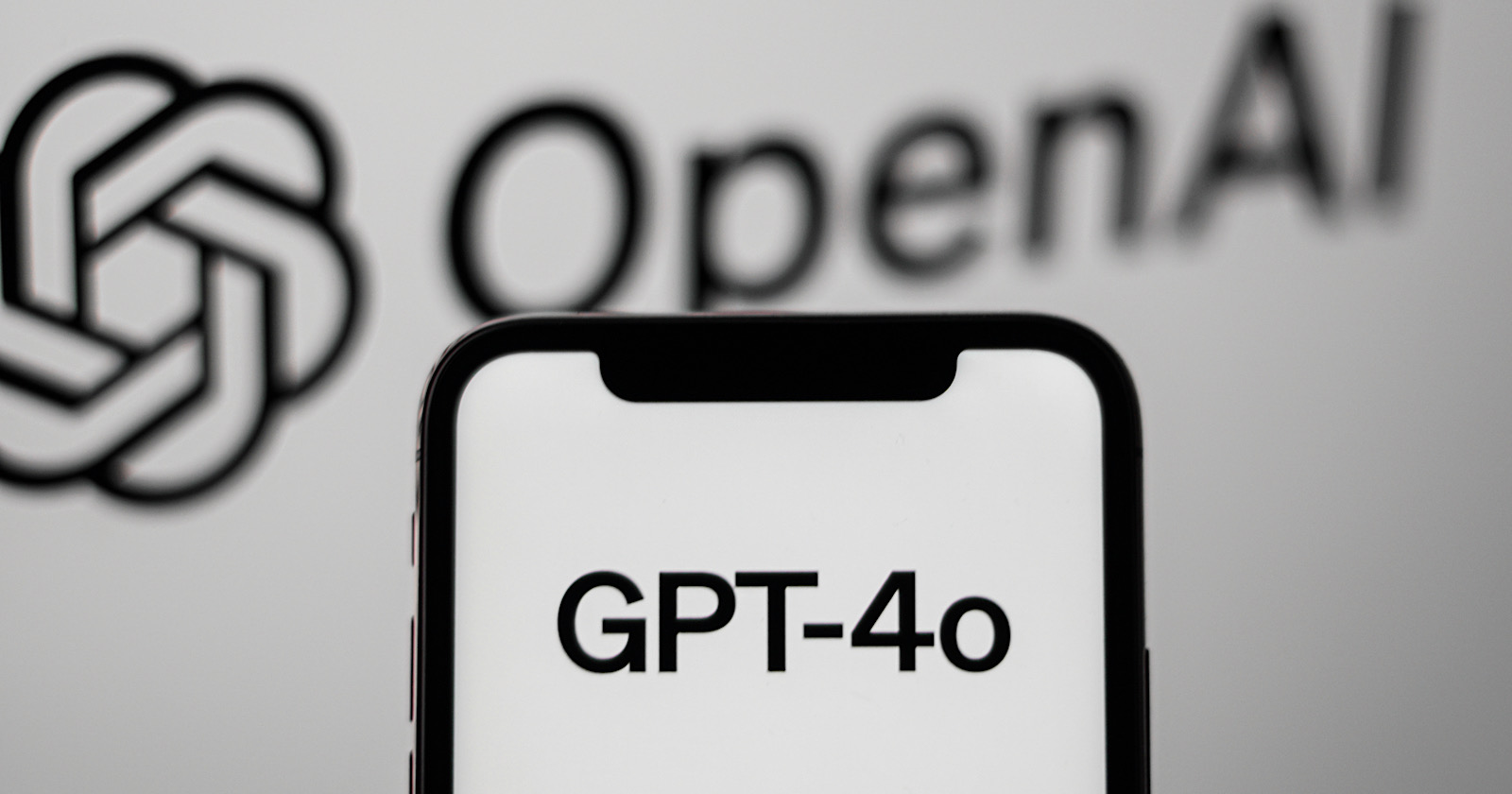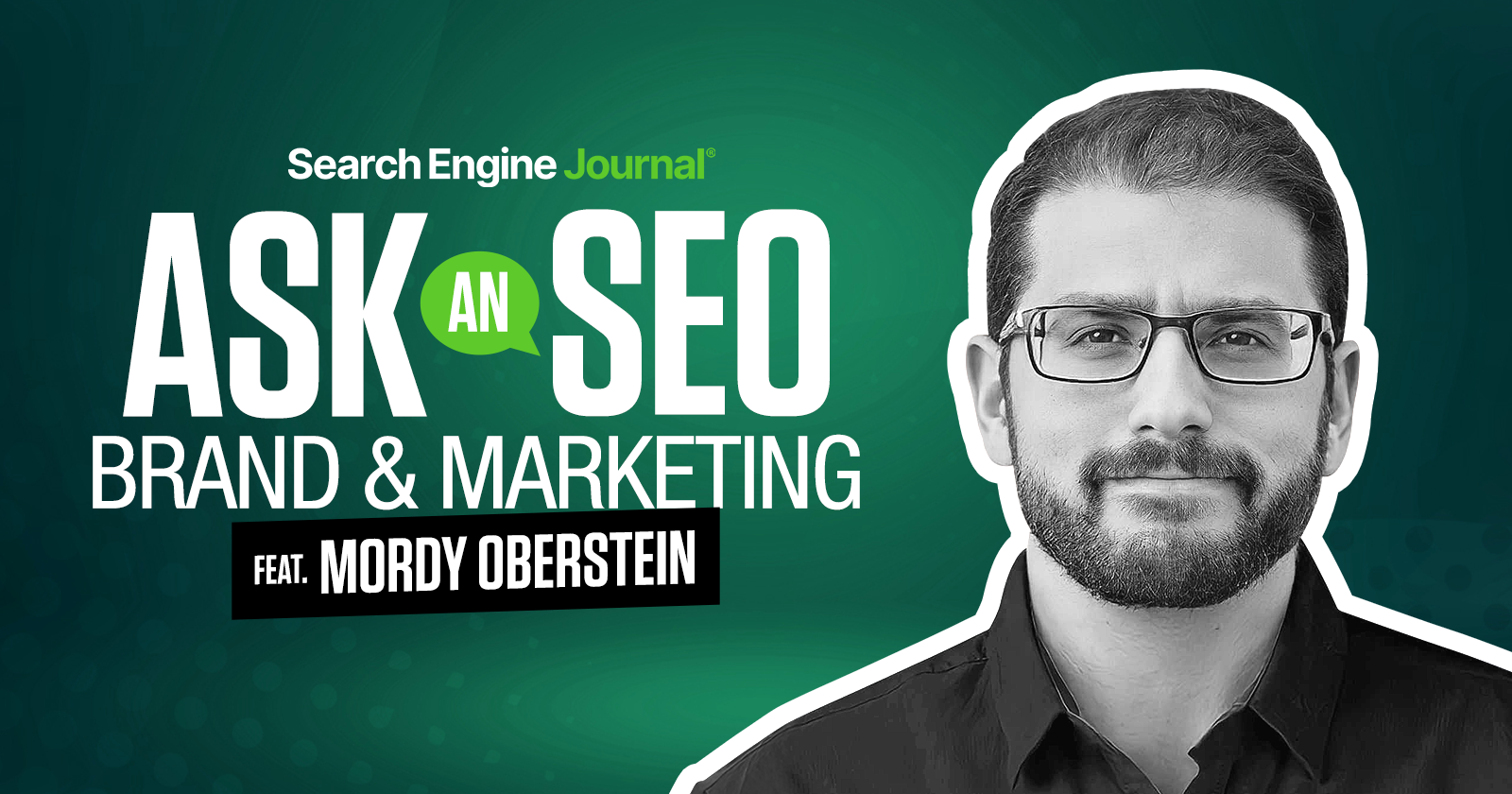Google Claims AI Overviews Monetize At Same Rate As Traditional Search via @sejournal, @MattGSouthern
Google claims that AI Overviews generate ad revenue equal to traditional search results. What this means for your marketing strategy. The post Google Claims AI Overviews Monetize At Same Rate As Traditional Search appeared first on Search Engine Journal.
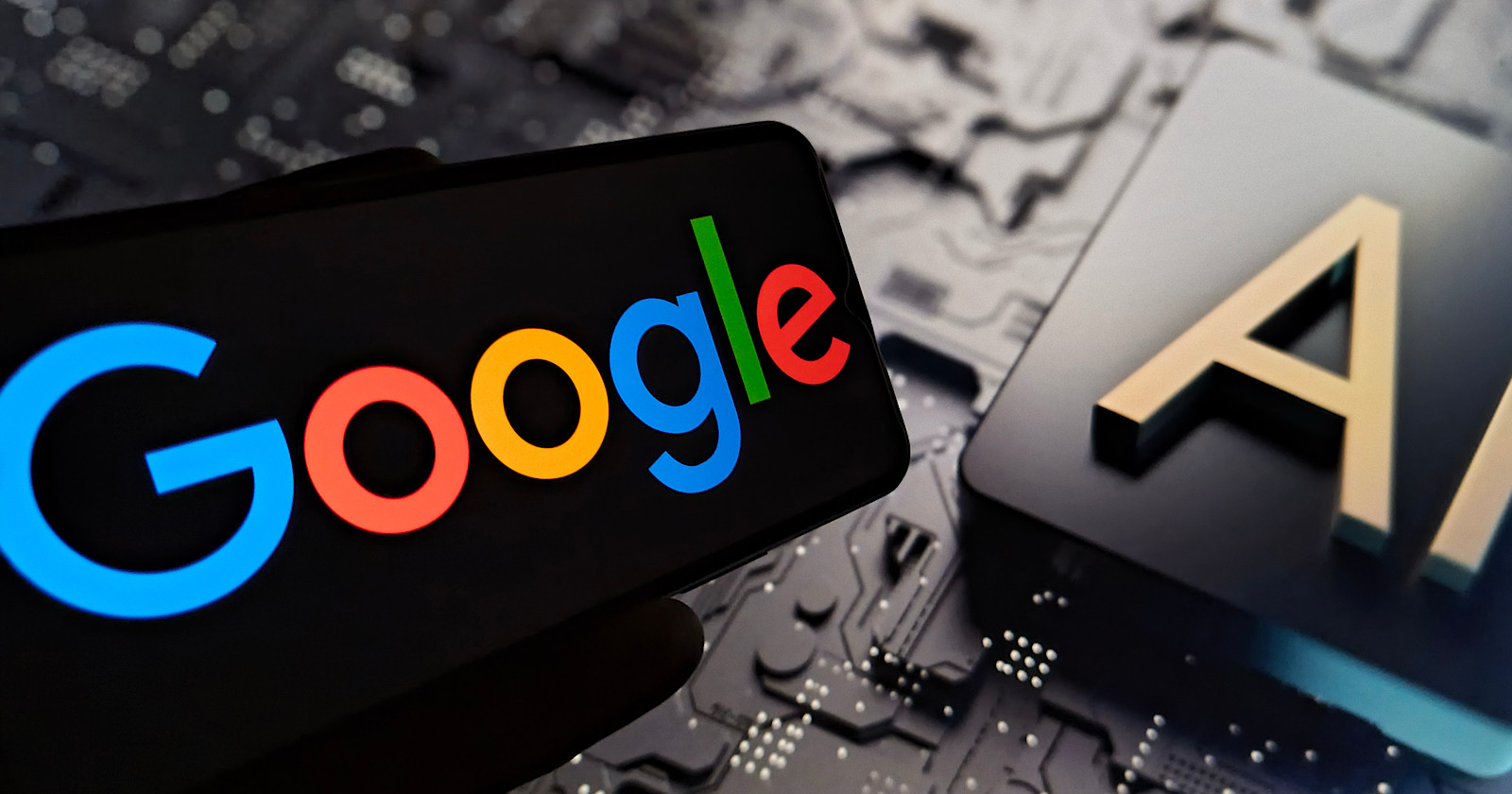
Google claims that search results with AI Overviews generate the same amount of advertising revenue as traditional search results.
This claim was made during Google Marketing Live when the company revealed plans to expand AI Overview ads to desktop users and more English-speaking markets.
If true, this could reshape how marketers perceive Google’s AI-powered future. However, the claim raises questions about how Google measures success and what it means for your campaigns.
Marketers need to understand what lies behind these claims and what they indicate for the future of search advertising.
AI Overviews Reaches Massive Scale
Google launched AI Overviews on mobile in the US last year. Since then, the company has quickly expanded the feature worldwide. It now processes AI-generated responses for users in more than 200 countries.
Shashi Thakur, Google’s VP/GM of Advertising, stated during the press session:
“We started rolling out AI overviews in search on US mobile last year. At this point, we are reaching a billion and a half users using it every month.”
Thakur oversees advertising across Google’s search products. This includes Google.com, Discover, Image Search, Lens, and Maps. He noted that users are happy with the feature.
The expansion shows Google’s confidence in both user adoption and commercial success. The company announced the desktop expansion that morning at the event, representing the latest phase of their rapid global rollout.
Thakur explained the growth impact:
“The consequence of us building AI overviews is that people are seeing growth. People are asking more of those questions… So we are seeing growth. So people are asking more questions. Many of those questions are even commercial. So we are seeing a growth even in commercial.”
Google’s Broader Vision For Search Evolution
Google’s approach to AI Overviews reflects a fundamental shift in how the company thinks about search capabilities. Thakur outlined this vision:
“At its core, we think about search as expanding the kinds of curiosities you can express. Humans have innumerable number of curiosities. There’s only a fraction of those that gets expressed to search. The more we advance the technology, the more we advance the product, users can bring more of their curiosities to search.”
This philosophy drives Google’s push toward AI-powered responses that can handle more complex and nuanced queries than traditional keyword-based searches.
How Google Measures AI Overview Monetization
Google’s revenue claims are based on controlled experiments. The company compares identical search queries with and without AI Overviews. They use standard A/B testing methods.
This means showing the AI feature to some users while holding it back from others. Then they measure the revenue difference.
Thakur explained to reporters:
“When we say AI overviews monetizes at the same rate, if you had taken the exact same set of queries and not shown AI overviews, it would have monetized at some rate. This continues to monetize at the same rate.”
The testing focuses on overall business value and revenue. It doesn’t examine individual metrics, such as click-through rates. Google emphasized this represents performance across many queries, not individual searches.
For advertisers, this suggests AI Overviews don’t hurt existing search advertising effectiveness. However, the long-term effects of changing user behavior patterns remain unclear.
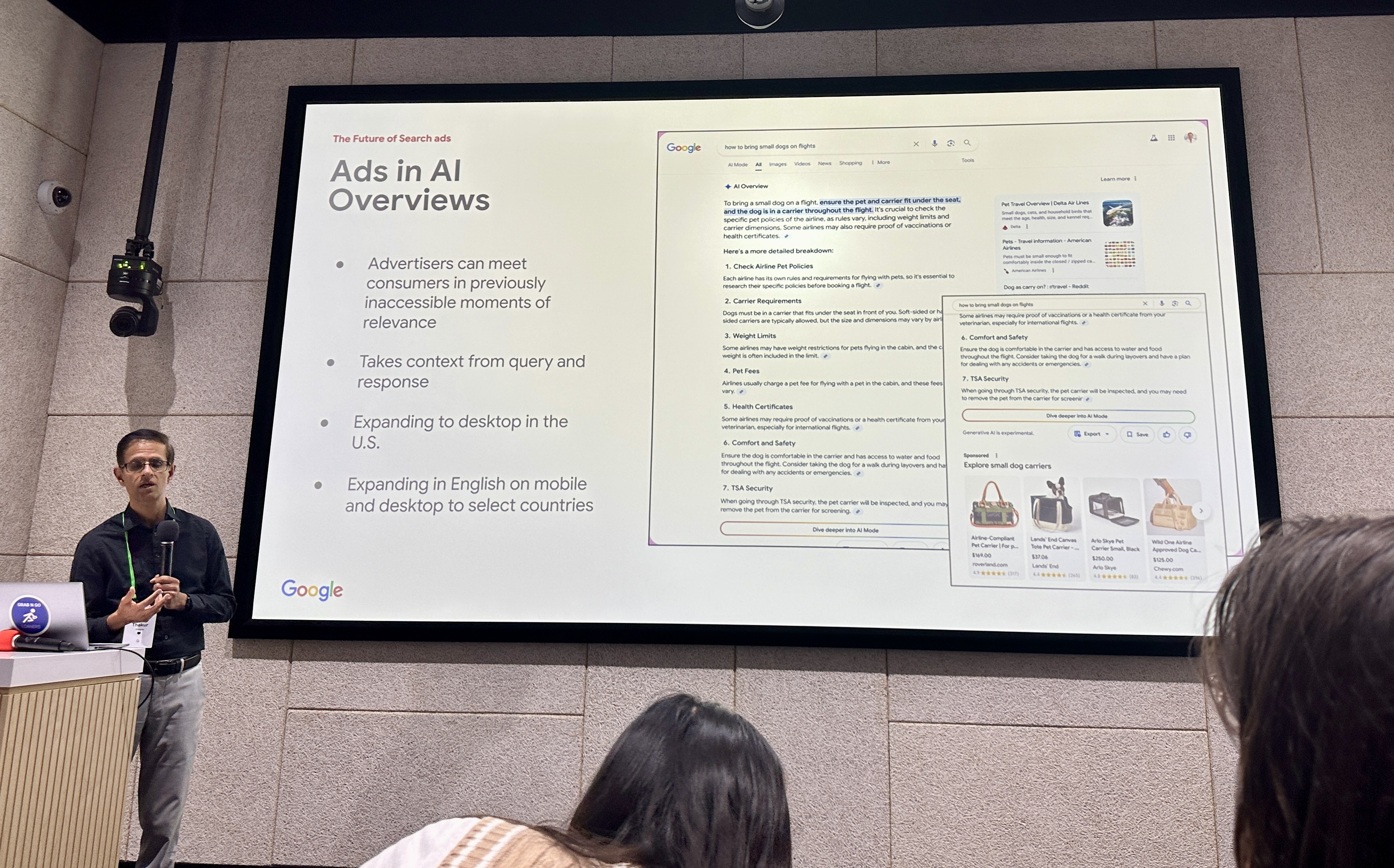 Shashi Thakur speaks to press at Google Marketing Live.
Shashi Thakur speaks to press at Google Marketing Live.
Photo: Matt G. Southern/Search Engine Journal.
Strategic Approach To AI Overview Advertising
Google states that ads within AI Overviews adhere to the same quality guidelines as traditional search ads. The company requires that ads be of high quality and fit well with the user experience. All ads must be marked as sponsored content.
Advertisers have three placement options for AI Overview ads: above the AI response, below the response, or integrated within the AI answer itself. This gives marketers flexibility in how they appear alongside AI-generated content.
The complexity of modern user behavior drives Google’s advertising strategy. Thakur noted:
“I think the main thing to take away from those conversations is user journeys are complicated. And users get inspiration to get into their commercial journeys at innumerable points in their journeys.”
The integration focuses on identifying commercial intent within complex queries through what Google refers to as “faceted” searches. These are complex questions that contain multiple sub-questions, some of which have commercial intent.
Thakur gave an example of a user asking about airline rules for traveling with pets. That person might then need pet carriers or travel accessories, creating natural opportunities for advertising. The AI system can identify these layered commercial needs within a single complex query.
Google uses various classifiers to identify commercial intent, including shopping queries, travel queries, and insurance queries. This automated classification system helps match ads to relevant user needs.
Thakur stated:
“Ads need to be high quality, and they need to be cohesive with the experience. Ads of this nature extend how good the answer is for certain users.”
Google reports positive user feedback about ads shown with AI Overviews. This suggests the integration doesn’t significantly hurt user satisfaction.
This user acceptance seems crucial to Google’s strategy. The company plans to expand AI Overview advertising to more platforms and markets.
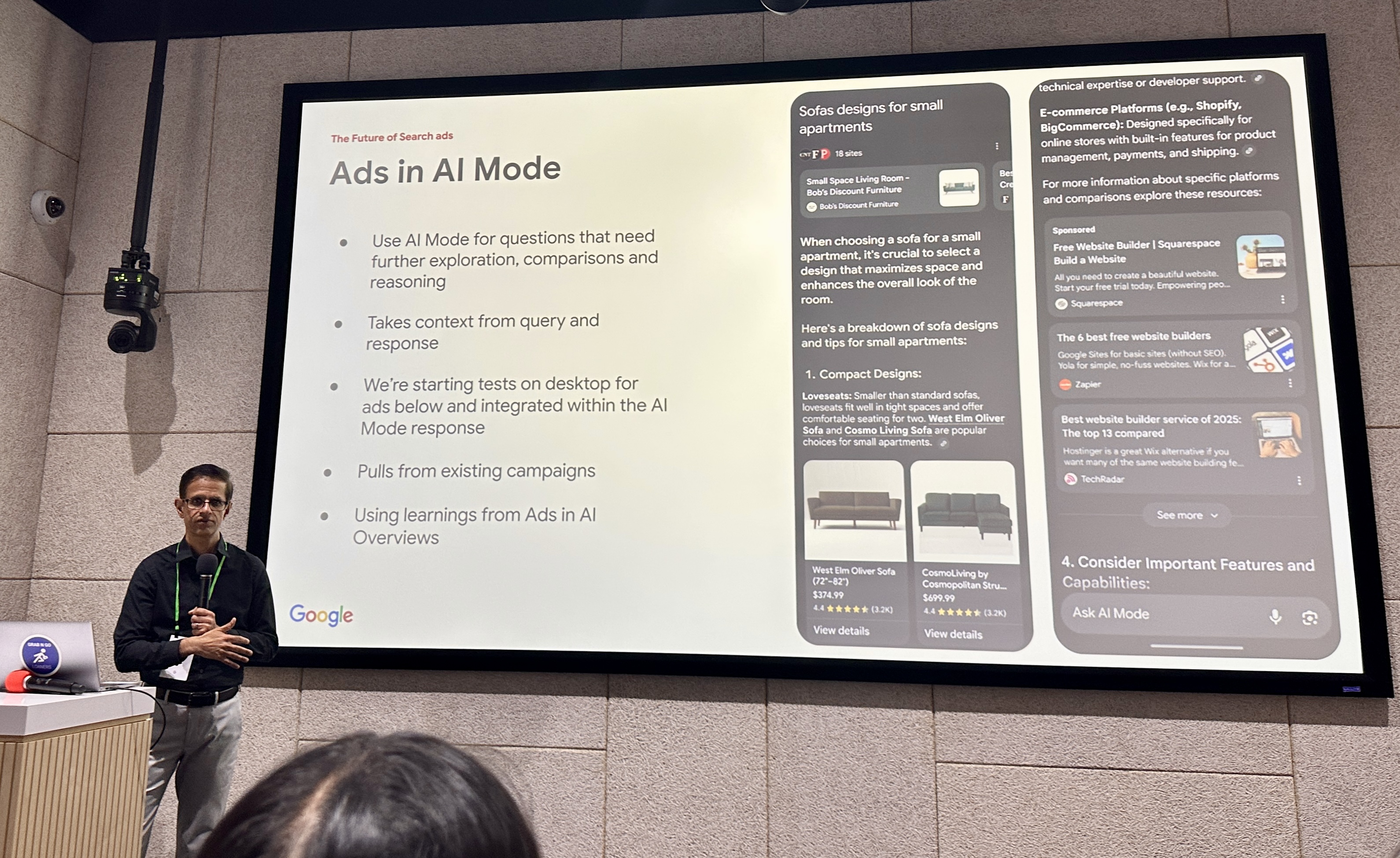 Shashi Thakur speaks to press at Google Marketing Live. Photo: Matt G. Southern/Search Engine Journal.
Shashi Thakur speaks to press at Google Marketing Live. Photo: Matt G. Southern/Search Engine Journal.
Implications For Digital Marketers
The revenue parity claim addresses advertiser concerns about AI’s impact on search advertising effectiveness.
Thakur acknowledged the fundamental question marketers are asking:
“So now, the question we often get from our advertisers, and it’s a natural question, which is, this is great. Search is evolving in lots of exciting directions. How do we participate? And how do we connect with our customers in the context of this evolving experience?”
Thakur noted that over 80% of Google advertisers already use some form of AI-driven advertising technology. This suggests the industry is ready for more AI integration.
However, the shift toward AI-powered search responses may require advertisers to adapt their strategies. Users are asking increasingly complex, longer queries. Traditional keyword targeting may not be effective in addressing these.
Google’s solution involves increased automation through tools like the newly announced “AI Max for search” feature. Early beta testing of AI Max has shown promising results, with advertisers experiencing an average 27% increase in conversions while maintaining similar return on investment (ROI) targets.
Thakur explained the motivation behind AI Max:
“So the motivation for this, essentially, was this changing user behavior. That’s number one. As we heard from our advertisers, we got the feedback very clearly that transparency and control of the form, they were already used on search campaigns. That continues to be super important in addition to the automation.”
The tool maintains the transparency and control features that advertisers expect from traditional search campaigns, including keyword performance reporting and campaign controls. This addresses concerns about losing visibility when embracing automation.
The company’s emphasis on automation reflects a challenge. It’s hard to match ads to sophisticated, conversational queries that can contain multiple commercial intents.
Manual keyword strategies may become less effective over time. This is especially true as search behavior evolves toward natural language interactions.
AI Mode Expansion Creates New Opportunities
Beyond AI Overviews, Google is testing ads within its new AI Mode, which enables fully conversational search experiences. Early data indicates that users in AI mode ask questions that are up to twice as long as regular search queries.
These longer, more conversational queries create additional opportunities for identifying commercial intent within complex questions. The extended query length often means users are providing more context about their needs, potentially making ad targeting more precise.
Google is applying lessons learned from AI Overviews to ensure ads in AI mode maintain the same quality and user experience standards.
Looking Ahead
Thakur emphasized that Google’s approach remains focused on delivering a high-quality user experience while providing business value to advertisers.
The actual test of Google’s revenue claims will come as AI Overviews mature. User behavior patterns need time to solidify.
As Google continues expanding AI Overview advertising globally, digital marketers face a balancing act. They must embrace new automated tools while maintaining the control and transparency that drive successful campaign performance.
Featured Image: Mijansk786/Shutterstock

 Fransebas
Fransebas 









